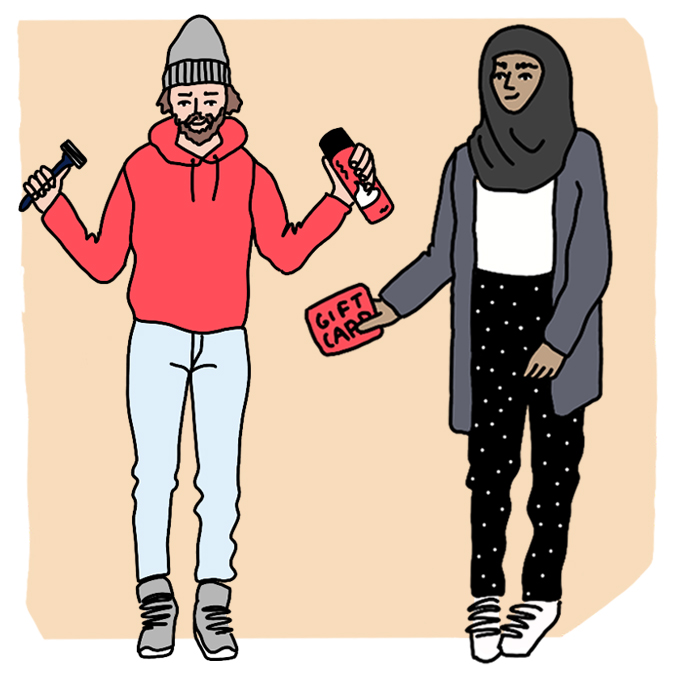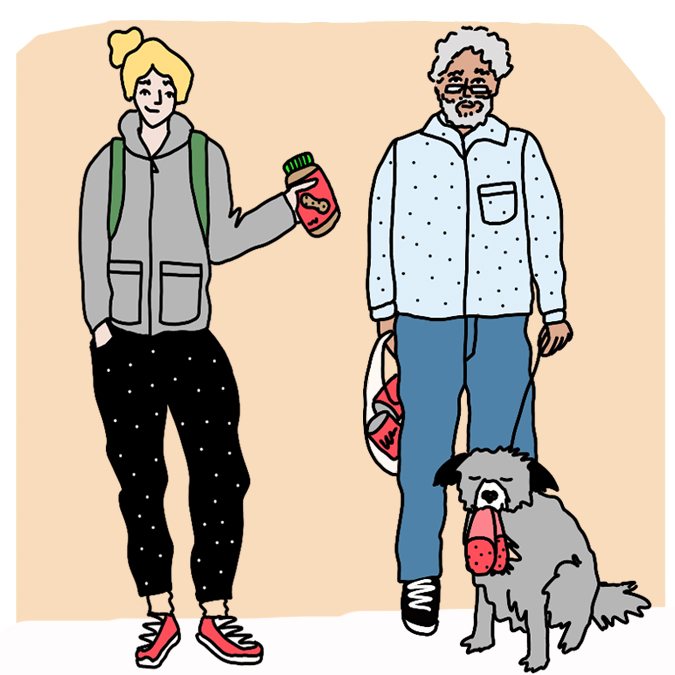
Spend enough time with anyone in the GTA and sooner or later the talk will come around to the affordable housing crisis. Imagine if your concern wasn’t how much you could afford, but rather if you could afford any shelter at all? As affordable rental properties dwindle and the cost of living soars, more people than ever are finding themselves unhoused.
The homeless population in the city of Toronto reached 10,498 by the end of 2023. This number encompasses people living outdoors, and in shelters, drop-in centres, health and treatment facilities and other programs. In June 2023, there were an average of 270 daily calls from individuals unable to find shelter space, nearly triple that of June 2022. And the number of people considered “chronically homeless” has doubled, from just over 2,500 to roughly 5,100, in just five years.
In a city with sky-high housing costs, homelessness doesn’t discriminate. It can affect someone who has lost their job, a person going through a divorce, somebody who just doesn’t make enough money to cover their bills or a teen who had to leave a dangerous living situation. And homeless shelters are often the only place for them to turn for temporary help.
And in Peel region, an estimated 70,000 low and moderate-income households live are precariously housed. In October 2021, a count revealed that 866 people in the region were experiencing homelessness, up 48% from the last count in 2018. In York region, 1 in 7 people experiencing homelessness are youth and racialized groups are overrepresented.
“Our typical clients are here through no fault of their own,” says Steve Doherty, executive director of Etobicoke’s Youth Without Shelter, a United Way-funded agency. “A lot have had parents who are dealing with addiction or mental health issues.”
It’s a similar story at Blue Door a United Way-funded agency, which runs three different emergency shelters — for youth, families and men — in York Region. “We’re helping people in the short term,” says Emmy Kelly, Blue Door’s chief operating officer. “We work with everyone to find solutions for housing. They can stay for a few weeks or a month while looking for a job. For others, it’s a longer experience with homelessness.”
Shelters try hard to fill the gaps for people experiencing homelessness, from providing a place to sleep out of the cold to meals to basic hygiene items to clothing. But their budgets are razor-thin, and they need assistance from donors.

What to donate
Beyond making monetary contributions, there are lots of ways to support homeless shelters in your community. One way is donating what’s perpetually in short supply. Because each shelter is different, and some lack storage, call ahead and confirm what items they’re accepting. Here are some of the most-appreciated donations:
Clothing: Needs change by season. Doherty jokes that, like the fashion industry, shelters are always thinking one or two seasons ahead. Many don’t have the bandwidth to launder used clothing, so new is your best bet. Think underwear (boxer shorts are usually in high demand), socks, pyjamas, hoodies, sweatpants and seasonal garb, such as winter coats. Items in a variety of sizes for men, women and children make great donations.
Food: Shelf-stable proteins, like beans, tuna and peanut butter, never go to waste. Look for items that can be used to pack lunches or whip up quick meals. Think just-add-water noodle cups and ready-to-heat soups.
Toiletries: We all think about toothpaste, toothbrushes and combs, but shaving cream, razors and baby shampoo are also welcome. Feminine hygiene products and makeup too. Skin-care products, including acne and sensitive formulas, are appreciated.
Footwear: Slippers are a comforting item and an asset in communal living situations. New slippers for adults and children are highly sought-after. Running shoes, winter boots and steel-toe boots — new or nearly new — are always put to good use.
Towels: With a large influx of people passing through a shelter’s doors, new bath towels are always in high demand.
Gift cards: On cold nights when shelters are busy, $5 coffee-shop gift cards are great for staff to give out. They mean people waiting for a bed can keep warm while they stand by. “Gift cards act as a currency,” says Doherty, referring to the clients who help out around the youth shelter. “Going for lunch to McDonald’s or Tim Hortons with their friends is really important,” he says. “The things we take for granted are really special to them.”
But you don’t have to stick to food-related gift cards. A card for a mall or store can help purchase necessities, such as properly fitting bras. Some people using shelters still have access to their cars, so gas gift cards can help them make appointments or apartment viewings.

Don’t forget other common items
Homeless shelters, women’s shelters and food banks are all trying to fill similar gaps for people. They’d appreciate donations of these items too:
Transit tickets: It’s not uncommon for homeless youth to have to choose between eating and transportation to work or school. Presto tickets help them get to where they need to be without compromise.
Diapers and formula: Family shelters serve people of all ages, from infants to older adults. Diapers and formula for all stages help keep their smallest clientele well taken care of.
What to skip
Shelters can’t use or store just anything, so ask before you donate.
No buffet leftovers
Perishable food is a good example. Most shelters can’t accept leftovers — like party platters from your event — because of health and safety regulations.
No furniture just yet
It’s a similar story for furniture. While it’s helpful for life post-shelter, there often isn’t space to store it in the interim. You can donate your gently used household stuff to the Furniture Bank instead.
Weekend project
Want to do something meaningful right away? Follow these ideas!
Lunch duty: Go out and buy supplies a shelter will need to pack several lunches. Kids will love having a say in the selection. Let them choose juice boxes, granola bars, fruit cups and other non-perishable snacks.
Clean up: Create cleaning kits that can go with people to their new homes. Fill a bucket with the usual suspects, like toilet bowl cleaner and a brush, all-purpose cleaning spray, glass cleaner, disinfectant wipes, sponges, paper towels and rubber gloves. Call ahead to ensure your shelter has space to accommodate this donation.
Do a fundraiser: It doesn’t have to be formal and take weeks of planning. It could be as simple as collaborating with a few people at the office to set up a bake sale. Or creating candygrams with your kid’s classroom (a printed card with a lollipop or wrapped candy does the trick). Use the funds you raise to to help your selected shelter.
Double up on shopping: When you go to a store, pick up extras like gloves or underwear. The goal is to make a habit of helping, so your donation isn’t just a one-time thing.